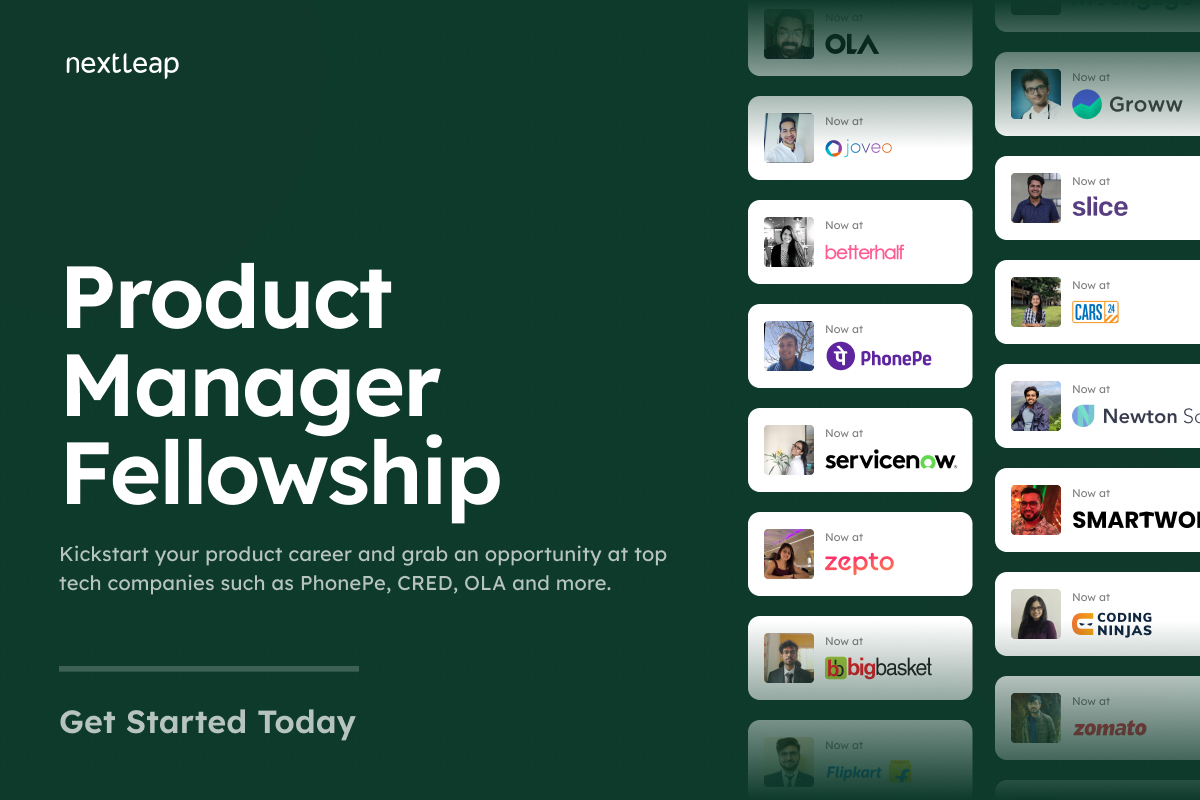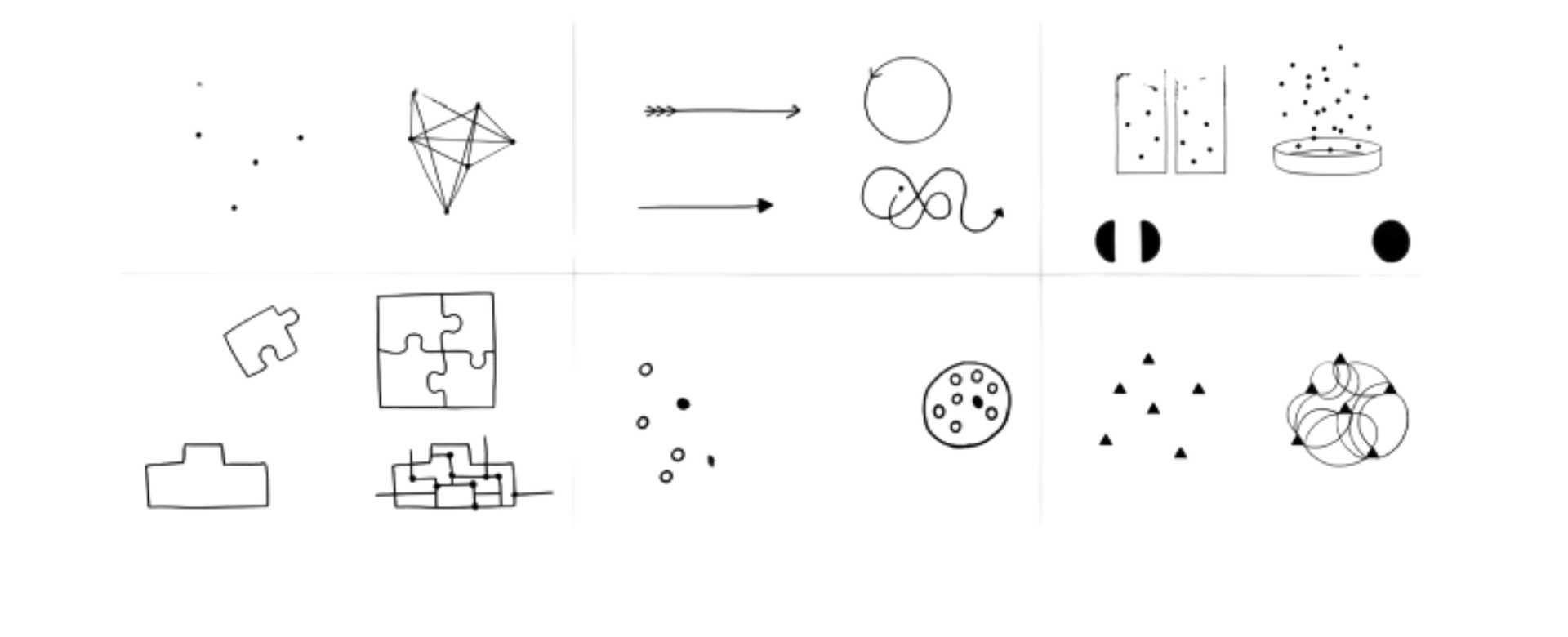MVP: The Ultimate Guide to Launching Your Next Big Idea

Are you looking to launch a new product or service? The MVP (Minimum Viable Product) approach is an ideal way to test and validate your concept before investing time, money, and resources into a fully developed product or service. In this article, we'll explain what an MVP is and why you should use this approach, followed by steps for building an MVP and pitfalls to avoid along the way. Finally, we'll explain how NextLeap can help you launch your MVP.
What is an MVP?
An MVP is a version of a product or service that has just enough features to satisfy early customers and provide feedback for future development. Rather than investing time, energy, and resources into creating a product with all the features you think customers will want, an MVP allows you to quickly test the product concept with your target market and gather feedback that can be used to refine and improve the product.
In the digital world, the MVP could be an app that has only enough features to satisfy early adopters. In the physical world, it could be a prototype or rough version of a product that you can use to get feedback from potential customers.
An MVP is a great way to test the viability of a product or service before investing too much time and money into its development. It allows you to quickly get feedback from potential customers and make changes to the product or service based on their feedback. This can help you create a better product or service that meets the needs of your target market.

Become a Product Manager
Learn from top industry experts, get access to 1 year placement support and transition into product management at India's top tech companies.
Why use an MVP approach?
The main advantage of using an MVP approach is that it allows you to get feedback from real-world customers quickly and cheaply. This feedback can then be used to refine and improve your product before investing time and resources into developing a fully functioning product. It also allows you to identify potential problems with your concept before it's too late, which can save you a lot of time and money.
Another advantage of using an MVP approach is that it allows you to bring your product to market faster. Rather than spending months or years developing a perfect product, you can launch an MVP in a matter of weeks or months. This can give you an advantage over your competitors who may still be in the development phase.
Additionally, an MVP approach allows you to test different features and designs to see which ones are most successful. This can help you to focus on the features that are most important to your customers and ensure that your product is as successful as possible.
Steps for Building Your MVP
The process for building an MVP will vary depending on your product or service. However, there are some basic steps that you should follow:
- Define your target audience: Who are your target customers? What are their needs and wants?
- Define the scope of your MVP: What features will your MVP have? Which features do you think customers will want?
- Create your MVP: Use whatever tools and resources are available to you to create an MVP that meets the needs of your target audience.
- Test and refine: Once your MVP is created, test it with your target audience and collect feedback. Use this feedback to refine and improve your MVP.
Once you have tested and refined your MVP, you should launch it to the public. Make sure to track user engagement and feedback to ensure that your MVP is meeting the needs of your target audience.
Common Pitfalls to Avoid
There are some common pitfalls to avoid when using an MVP approach. The main one is building too much into the MVP. If your MVP has too many features, it will take longer to develop and there will be more potential for errors and bugs. It's important to keep the scope of your MVP small and focus on getting feedback from real-world users.
Another pitfall to avoid is trying to please everyone. You should focus on building an MVP that meets the needs of your target audience, not all potential customers. If you try to build features for everyone, it will take longer to develop and it will be hard to focus on the core features that matter most.
Finally, it's important to remember that an MVP is not a finished product. It's a starting point for further development and refinement. You should use the feedback you get from users to improve the product and add new features. This will help you create a product that meets the needs of your customers and stands out from the competition.

Become a Product Manager
Learn from top industry experts, get access to 1 year placement support and transition into product management at India's top tech companies.



